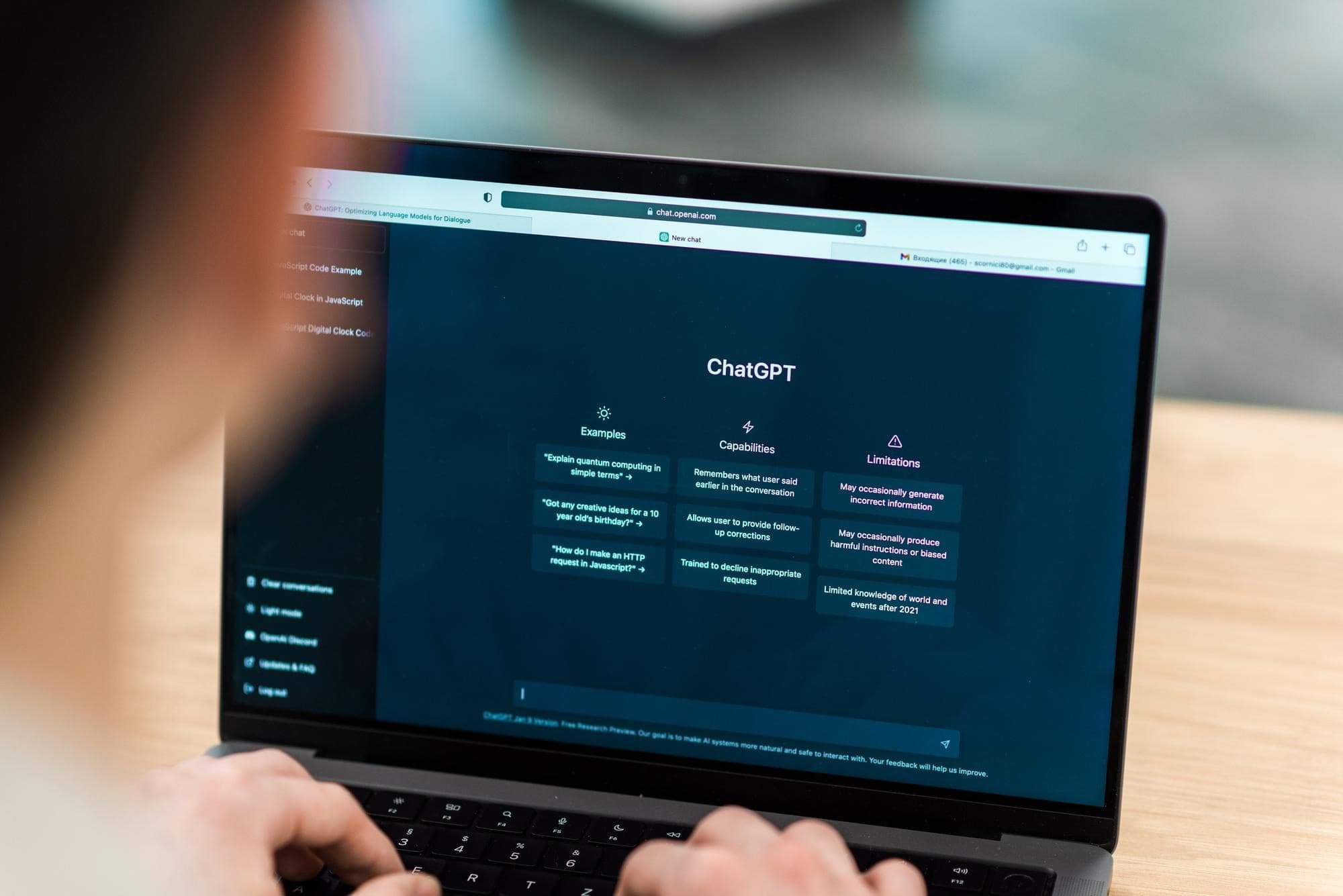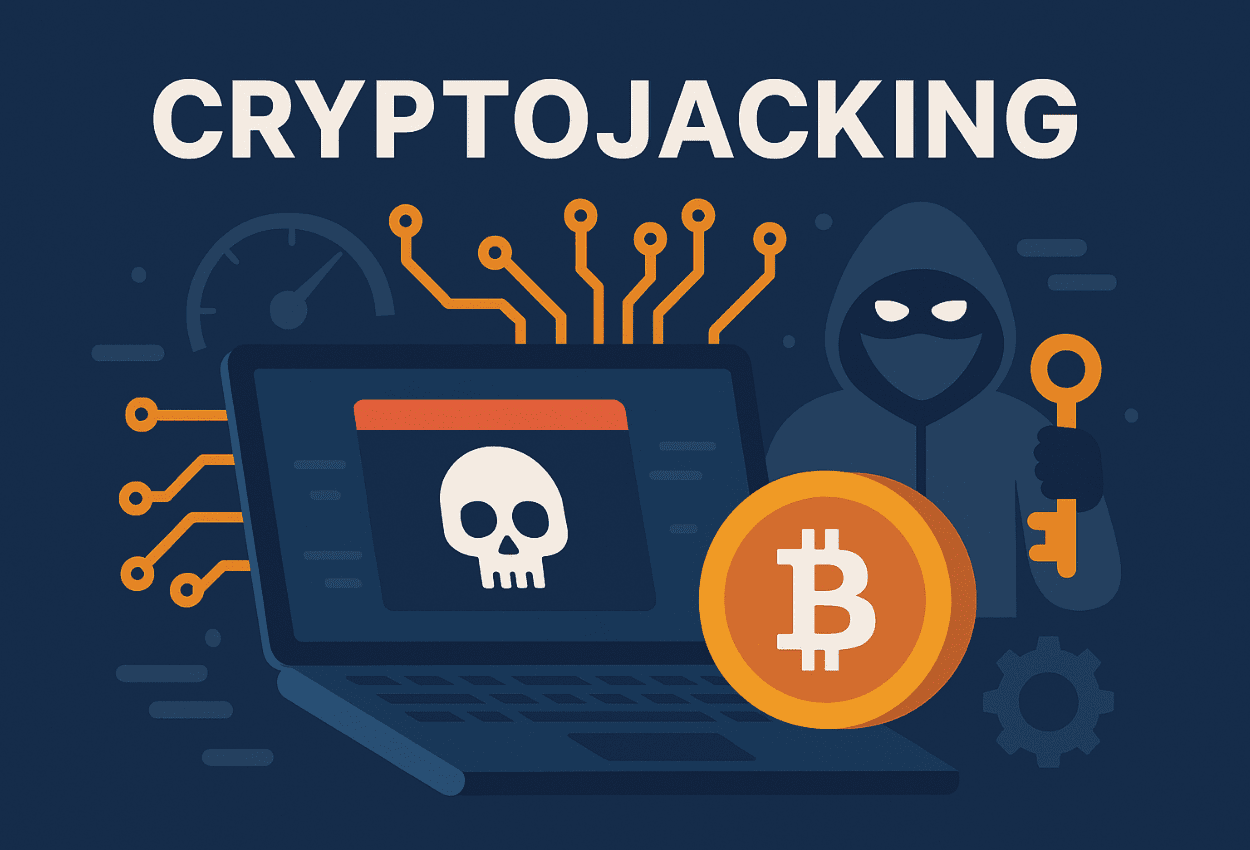This article provides an overview of polymorphic malware attacks on businesses and how generative AI could potentially change the landscape of cybersecurity in the future. A prime example is Chat GPT polymorphic malware. It is important for organizations to understand polymorphic malware and take the necessary steps to protect against this threat. Through the implementation of strong security measures, organizations can reduce the risk of a polymorphic malware attack and limit any damage caused by such an attack. Ultimately, polymorphic malware attacks can be mitigated with the right protections in place.

What is Polymorphic Malware?
Polymorphic malware is a type of cyberattack that has become increasingly commonplace in recent years. This malicious software changes its code every time it is used, which makes it difficult for anti-virus programs to detect and stop the attack. Such polymorphic attacks can have serious repercussions for businesses, as they can be difficult to remediate and often go unnoticed until the damage has been done.
The businesses most at risk of polymorphic malware attacks are those with outdated cybersecurity systems, or those that lack adequate protections against cyber threats. Additionally, any organization that relies on antivirus software to operate is extremely vulnerable to polymorphic malware, particularly if their systems are not regularly updated and maintained.
Polymorphic malware attacks can take many forms. For example, the malicious code may be hidden in email attachments or links, downloaded from malicious websites, or even inserted into existing systems via vulnerabilities. Once polymorphic malware is inside a system, it can cause significant disruption as it continues to change and expand its reach throughout the network. In extreme cases, polymorphic malware can result in irreparable damage to an organization’s operations, data, or infrastructure.
It is crucial for businesses of all sizes to be vigilant against polymorphic malware. Having up-to-date security systems and software is the first line of defense against these cyberattacks, but organizations should also consider investing in additional measures like employee training and monitoring solutions to protect against polymorphic malware. By proactively addressing cyber threats, businesses can minimize the risk of a polymorphic malware attack and reduce the potential damage caused by such an attack.
How Will Generative AI Change Malware?
Generative AI is a branch of artificial intelligence that focuses on developing algorithms that can create data, such as images or text. Generative AI could potentially be used to generate polymorphic malware, making it more difficult for anti-virus programs to detect and protect against. As generative AI technology advances, cybersecurity measures must also evolve in order to protect against this emerging threat. One os today’s biggest threats is polymorphic malware from ChatGPT.
It is important to remember that polymorphic malware attacks are not the only cyber threats businesses face today; there are many other malicious software variants that could potentially cause significant damage if left unchecked. Therefore, organizations should take a comprehensive approach to cybersecurity by investing in robust systems and solutions as well as employee training programs to ensure they remain protected from polymorphic malware and other cyber threats. By doing so, businesses can ensure that their operations, data, and infrastructure are safe from malicious actors.

Wrapping Up – What is Polymorphic Malware & How Can you Keep Your Data Safe?
Taking the necessary steps to protect against polymorphic malware can help ensure organizations remain secure and their data, operations, and infrastructure are safe from harm. By investing in up-to-date security system providers and comprehensive employee training services, businesses can reduce the risk of polymorphic malware attacks and minimize any damage caused by such an attack. Ultimately, polymorphic malware can be mitigated with the right protective systems in place. If you’re unsure, our managed cybersecurity services are a safe way to protect your business from polymorphic malware and other cyber threats.
By taking these measures now, businesses can better prepare themselves for future polymorphic malware threats.

 Tom Kirkham brings more than three decades of software design, network administration, and cybersecurity knowledge to organizations around the country. During his career, Tom has received multiple software design awards and founded other acclaimed technology businesses.
Tom Kirkham brings more than three decades of software design, network administration, and cybersecurity knowledge to organizations around the country. During his career, Tom has received multiple software design awards and founded other acclaimed technology businesses.
